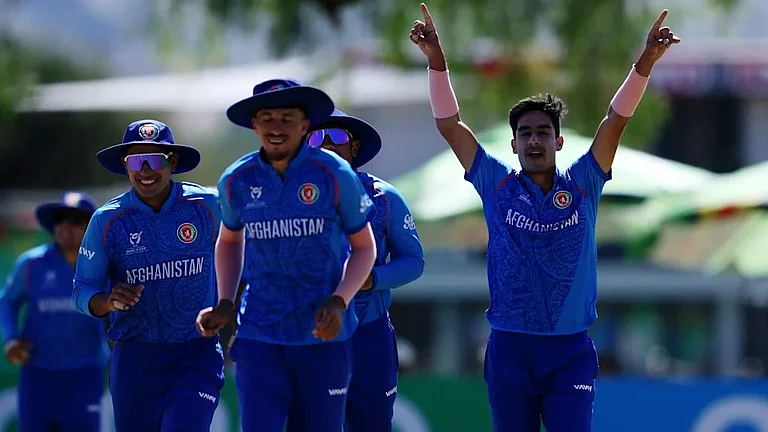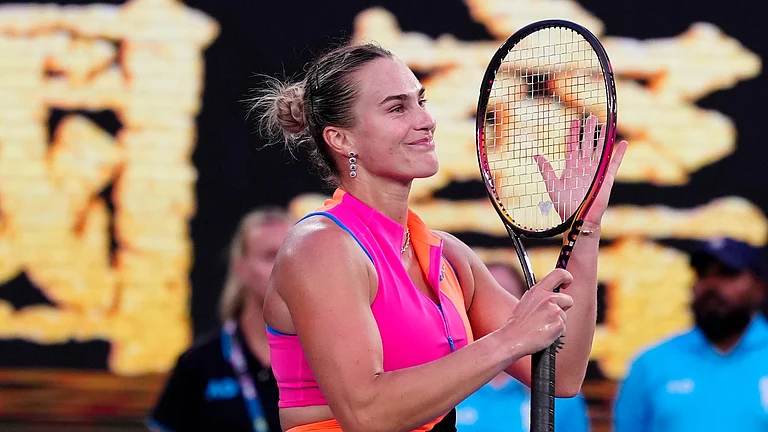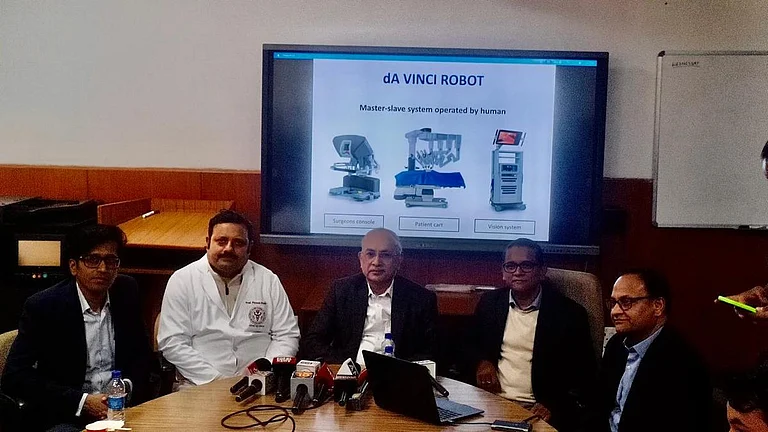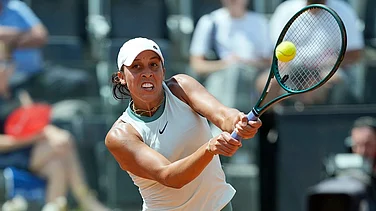It may not have been India’s "greatest achievement since Independence",as one over-enthusiastic cricket writer declared grandly at the time; but there can belittle doubt that India’s triumph at Lord’s in the 1983 World Cup final ranks asone of Indian sport’s greatest achievements.
Picture this: in two previous World Cups, India had a sole win to their credit and thattoo against East Africa. The experts were convinced that the Indians were clueless when itcame to the limited overs variety of the game. On his part, Kapil Dev is convincedthat theseeds of the miracle at Lord’s were planted at the Albion Sports Complex in Berbice,Guyana, three months before the start of the Prudential World Cup. It was at thisnondescript ground that India beat West Indies by 27 runs—"the first great winfor India," according to Kapil Dev, who was leading the team abroad for the firsttime.
Since making its one-day debut in England in 1974, India had earned theunenviable reputation of being the weakest team in the world. Even Sri Lanka—stillthree years away from full Test status—got the better of them in the 1979 World Cup.The Berbice shock result was carried on to the opening match of the 1983 World Cup. TheWest Indies had gone through two World Cups without losing a single match. But all thatchanged at Old Trafford. India beat the champs again and a pattern began to emerge. If itwas Sunil Gavaskar who dominated the Berbice encounter with a brilliant knock, atManchester it was Yashpal Sharma who played what his captain described as an"extraordinary innings".
A series of marvellous matches later, chapter one of Indian cricket’s greatestsaga (with the possible exception of 1971) had been scripted. India were in the finalagainst all odds. But surely their luck would run out now. What hope could they haveagainst the reigning champions? Kapil says that a long meeting was held before the final:"Our hopes were high, though the fear of taking on the champions was there at theback of our minds." Despite the early fireworks from K. Srikkanth and the solidity ofMohinder Amarnath, 183 was a paltry total. The batsmen hadfailed. It was up to the bowlersto come to India’s rescue again. During the break between innings, Kapil exhorted histroops. He recalls: "I told the boys as we prepared to go out to field, ‘We havenothing to lose. Nobody expected us to be here. It is only a matter of three hours fromnow. Throw yourselves at the ball and try.’ Anything was possible and I was trying tobe as positive as possible when we took the field."
The opening segment of chapter two had Balwinder Singh Sandhu and Gordon Greenidge inthe lead roles. The West Indian shouldered arms and Sandhu’s inswinger knocked offhis bails. Was it a miscalculation or just plain arrogance? Kapil described it as thefirst sign of hope. That glimmer turned into a sunburst. ‘I.V.A. Richards c Kapil Devb Madan Lal 33’ read the bland scoreline. The crowd was already beginning to applaudanother boundary from the King’s flashing blade when Kapil ran in seemingly fromnowhere to pluck the ball out of thin air. In his own words: "That I managed to pouchthe ball must have seemed something of a miracle from outside, but I was being driven bysome kind of force which I cannot define."
The force was certainly with India on June 25, 1983. Ask Kapil Dev. Or 880 millionother Indians. And they will all be praying for a repeat performance.






















